Adrian Alcott
This project is a visual investigation through socialist Hungary and contemporary Paris, blending observation, fiction, and family history to explore the blurred lines between truth and storytelling, surveillance, memory, and a mysterious neighbor. What began as casual observation of my neighbor from my Paris apartment window turned into a daily ritual and, eventually, an obsession. The man I couldn’t help but photograph—despite the guilt of watching someone secretly— became the central figure of an imagined biography. I saw him as a writer or journalist, a fiction that mirrored my grandfather’s life who was a Hungarian journalist and foreign correspondent in Cairo during the 1970s, surveilled and at times asked to write report to the governemet. My grandfather blurred the boundaries between truth and fiction in his own writing, publishing books that mixed reportage with his imagination. That narrative strategy became a model for my own approach. I blend the photographs taken from my window in Paris and archival documents, including pages from my grandfather’s actual state surveillance file which I accessed through Hungary’s historical archives. My neighbor became an extension of my grandfather. The fiction I built around him creates a dialogue between invented lives and documented histories. The series embraces ambiguity: what is real, and what is imagined? What does it mean to observe—and to be observed? Birds recur throughout the series as metaphors for surveillance: omnipresent, watchful, unnoticed. The system that shadowed my grandfather’s generation still echoes today. This is also a story about grief, absence, inherited secrecy—and the power of images and archives to construct new narratives. The project’s title references my grandfather’s pseu- donym: András Kereszty, alias Adrian Alcott, alias the mysterious neighbor.
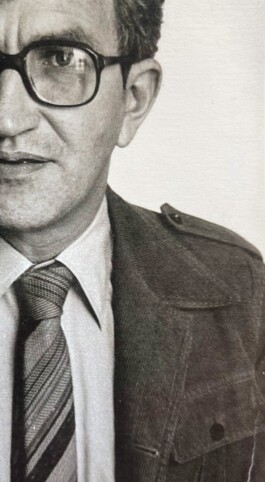
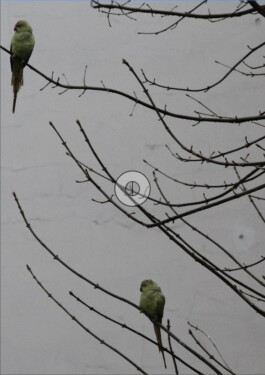
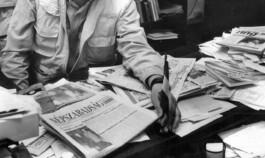
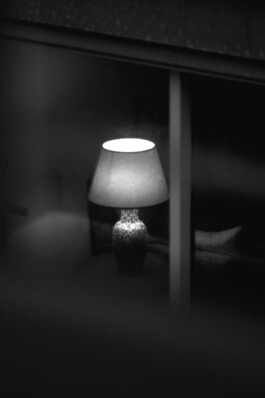
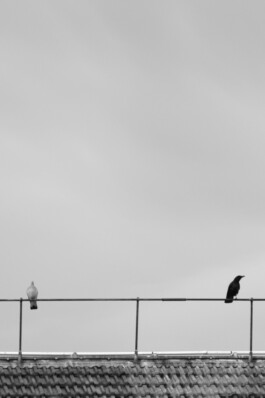
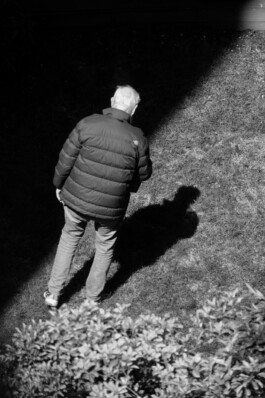
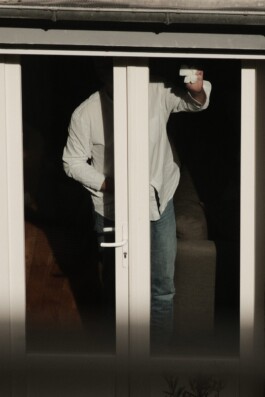
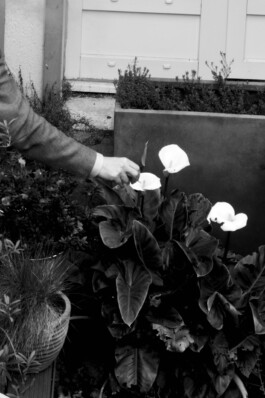
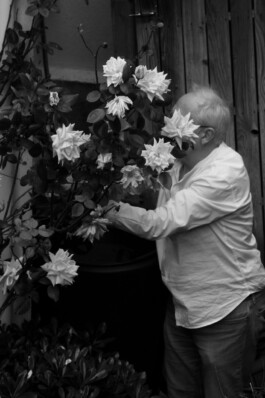
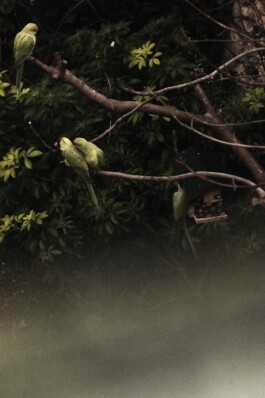
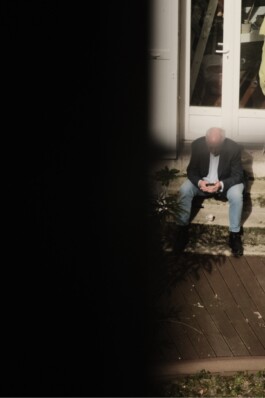
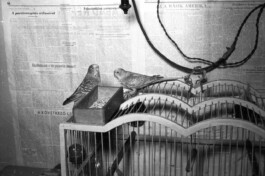
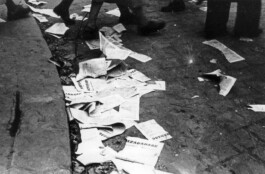
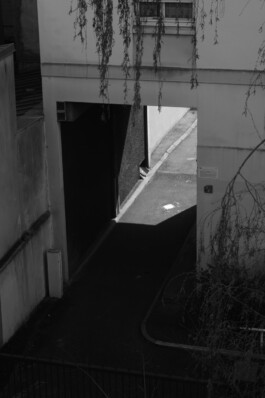
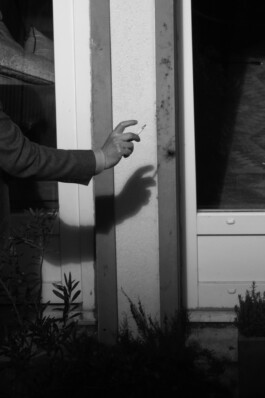
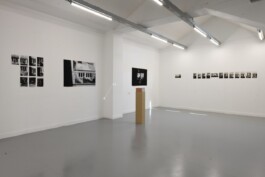
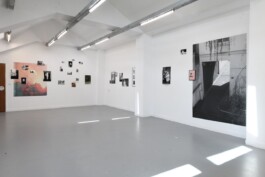
Adrian Alcott
This project is a visual investigation through socialist Hungary and contemporary Paris, blending observation, fiction, and family history to explore the blurred lines between truth and storytelling, surveillance, memory, and a mysterious neighbor. What began as casual observation of my neighbor from my Paris apartment window turned into a daily ritual and, eventually, an obsession. The man I couldn’t help but photograph—despite the guilt of watching someone secretly— became the central figure of an imagined biography. I saw him as a writer or journalist, a fiction that mirrored my grandfather’s life who was a Hungarian journalist and foreign correspondent in Cairo during the 1970s, surveilled and at times asked to write report to the governemet. My grandfather blurred the boundaries between truth and fiction in his own writing, publishing books that mixed reportage with his imagination. That narrative strategy became a model for my own approach. I blend the photographs taken from my window in Paris and archival documents, including pages from my grandfather’s actual state surveillance file which I accessed through Hungary’s historical archives. My neighbor became an extension of my grandfather. The fiction I built around him creates a dialogue between invented lives and documented histories. The series embraces ambiguity: what is real, and what is imagined? What does it mean to observe—and to be observed? Birds recur throughout the series as metaphors for surveillance: omnipresent, watchful, unnoticed. The system that shadowed my grandfather’s generation still echoes today. This is also a story about grief, absence, inherited secrecy—and the power of images and archives to construct new narratives. The project’s title references my grandfather’s pseu- donym: András Kereszty, alias Adrian Alcott, alias the mysterious neighbor.














